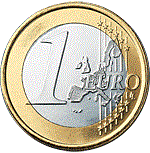
There are eight euro coin denominations, ranging from one cent to two euros. The coins first came into use in 2002. They have a common reverse, portraying a map of Europe, but each country in the eurozone has its own design on the obverse, which means that each coin has a variety of different designs in circulation at once. Four European microstates that are not members of the European Union use the euro as their currency and also have the right to mint coins with their own designs on the obverse side.
Greek euro coins feature a unique design for each of the eight coins. They were all designed by Georgios Stamatopoulos with the minor coins depicting Greek ships, the middle ones portraying famous Greeks and the two large denominations showing images of Greek history and mythology. All designs feature the 12 stars of the EU, the year of imprint and a tiny symbol of the Bank of Greece. Uniquely, the value of the coins is expressed on the national side in the Greek alphabet, as well as being on the common side in the Roman alphabet. The euro cent is known as the lepto in Greek, a name which has also been used for the 1⁄100 denominations of the preceding currencies of the Greek state, the phoenix and drachma.

The Royal Canadian Mint is the mint of Canada and a Crown corporation, operating under the Royal Canadian Mint Act. The shares of the Mint are held in trust for the Crown in right of Canada.

The Helsinki Olympic Stadium, located in the Töölö district about 2.3 kilometres (1.4 mi) from the centre of the Finnish capital Helsinki, is the largest stadium in the country, nowadays mainly used for hosting sports events and big concerts. The stadium is best known for being the centre of activities in the 1952 Summer Olympics. During those games, it hosted athletics, equestrian show jumping, and the football finals.
The commemorative coins of Spain are minted by the Real Casa de la Moneda

Alessandro "Sandro" Gamba is an Italian former professional basketball player and coach. Gamba was a finalist for induction into the Naismith Memorial Basketball Hall of Fame in 2005, and was elected as a member in 2006. He was inducted in 2006 to the Italian Basketball Hall of Fame.
San Marino is an enclave completely within Italy. With little or no resources, the tiny nation has made income selling stamps and coins to tourists. From 1950 through the adoption of the euro in 1999, legal tender coins with dozens of ever changing designs have been produced in abundance by the Italian mint in Rome. These coins have been for the most part numismatically worthless, except for some silver and gold commemoratives.

Denis Marconato is an Italian former professional basketball player. At a height of 2.11 m (6'11") tall, he played at the center position.
Although the first Olympic coin can be traced back to 480 BC, the modern Olympics did not see its first commemoratives until 1951. The original concept of Olympic coins was that the Greeks believed that coins brought the general public closer to the Olympic games. The premise was that those who could not attend the games could at least have a tangible souvenir of the event.
Traditionally, Olympic coins are numismatic coins. However, several host countries minted so many coins – particularly silver ones – that their value has become just slightly above the value of their metal content. Coins for the 1976 Montreal, 1984 Los Angeles, and 1988 Seoul are generally considered to fall into that category.
Before the introduction of the euro, the current eurozone members issued their own individual national coinage, most of which featured mint marks, privy marks and/or mint master marks. These marks have been continued as a part of the national designs of the euro coins, as well. This article serves to list the information about the various types of identifying marks on euro coins, including engraver and designer initials and the unique edge inscriptions found on the €2 coins.
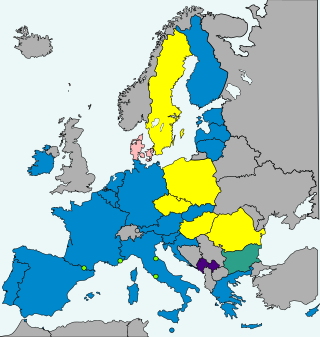
Gold and silver issues of the euro commemorative coins are collectors' euro coins not primarily intended for general circulation; the commemoratives also include rare cases of bimetal collector coins, such as titanium and niobium.

Euro gold and silver commemorative coins are special euro coins minted and issued by member states of the Eurozone. They are minted mainly in gold and silver, although other precious metals are also used on rare occasions. Austria was one of the first twelve countries in the Eurozone to introduce the euro (€), on 1 January 2002. Since then, the Austrian Mint has been minting both normal issues of Austrian euro coins and commemorative euro coins in gold and silver.
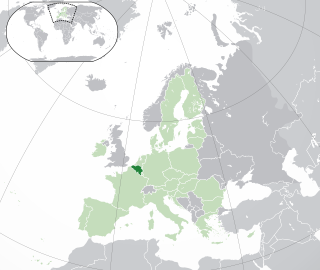
Euro gold and silver commemorative coins are special euro coins minted and issued by member states of the Eurozone, mainly in gold and silver, although other precious metals are also used in rare occasions. Belgium was one of the first twelve countries in the Eurozone that introduced the euro (€) on 1 January 2002. Since then, the Belgian Royal Mint have been minting both normal issues of Belgian euro coins, which are intended for circulation, and commemorative euro coins in gold and silver.
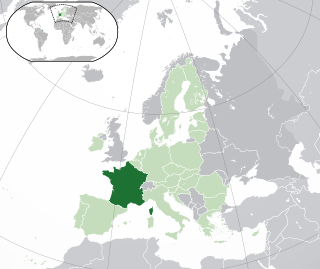
France has a rich selection of gold and silver commemorative coins. These coins are minted by Monnaie de Paris, which is a state owned industrial and commercial company. Monnaie de Paris has a distinctive different mark guaranteeing "Monnaie de Paris's quality, origin and authenticity of its collector coins". A second mark, representing the symbol of Master Engraver, Hubert Lariviere, which is engraved on their coins; the French horn, a few waves and a fish's silhouette. Lariviere has since retired.

Euro gold and silver commemorative coins are special euro coins minted and issued by member states of the Eurozone, mainly in gold and silver, although other precious metals are also used in rare occasions. Finland was one of the first twelve countries in the Eurozone that introduced the euro (€) on 1 January 2002. Since then, the Mint of Finland Ltd. have been minting both normal issues of Finnish euro coins, which are intended for circulation, and commemorative euro coins in gold and silver.
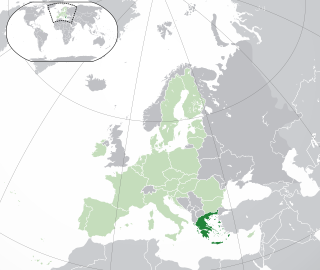
Euro gold and silver commemorative coins are special euro coins minted and issued by member states of the Eurozone, mainly in gold and silver, although other precious metals are also used in rare occasions. Greece was one of the first twelve countries in the Eurozone that introduced the euro (€) on 1 January 2002. Since 2003, the Mint of Greece have been minting both normal issues of Greek euro coins, which are intended for circulation, and commemorative euro coins in gold and silver.

Euro gold and silver commemorative coins are special euro coins minted and issued by member states of the Eurozone, mainly in gold and silver, although other precious metals are also used in rare occasions. Monaco was one of the first countries allowed to introduced the euro (€) on 1 January 2002, although they are not officially part of the Eurozone. Since then, the Monnaie de Paris in France have been minting both normal issues of Monégasque euro coins, which are intended for circulation, and commemorative euro coins in gold and silver.

Italy has a long history of different coinage types, which spans thousands of years. Italy has been influential at a coinage point of view: the medieval Florentine florin, one of the most used coinage types in European history and one of the most important coins in Western history, was struck in Florence in the 13th century, while the Venetian sequin, minted from 1284 to 1797, was the most prestigious gold coin in circulation in the commercial centers of the Mediterranean Sea.












